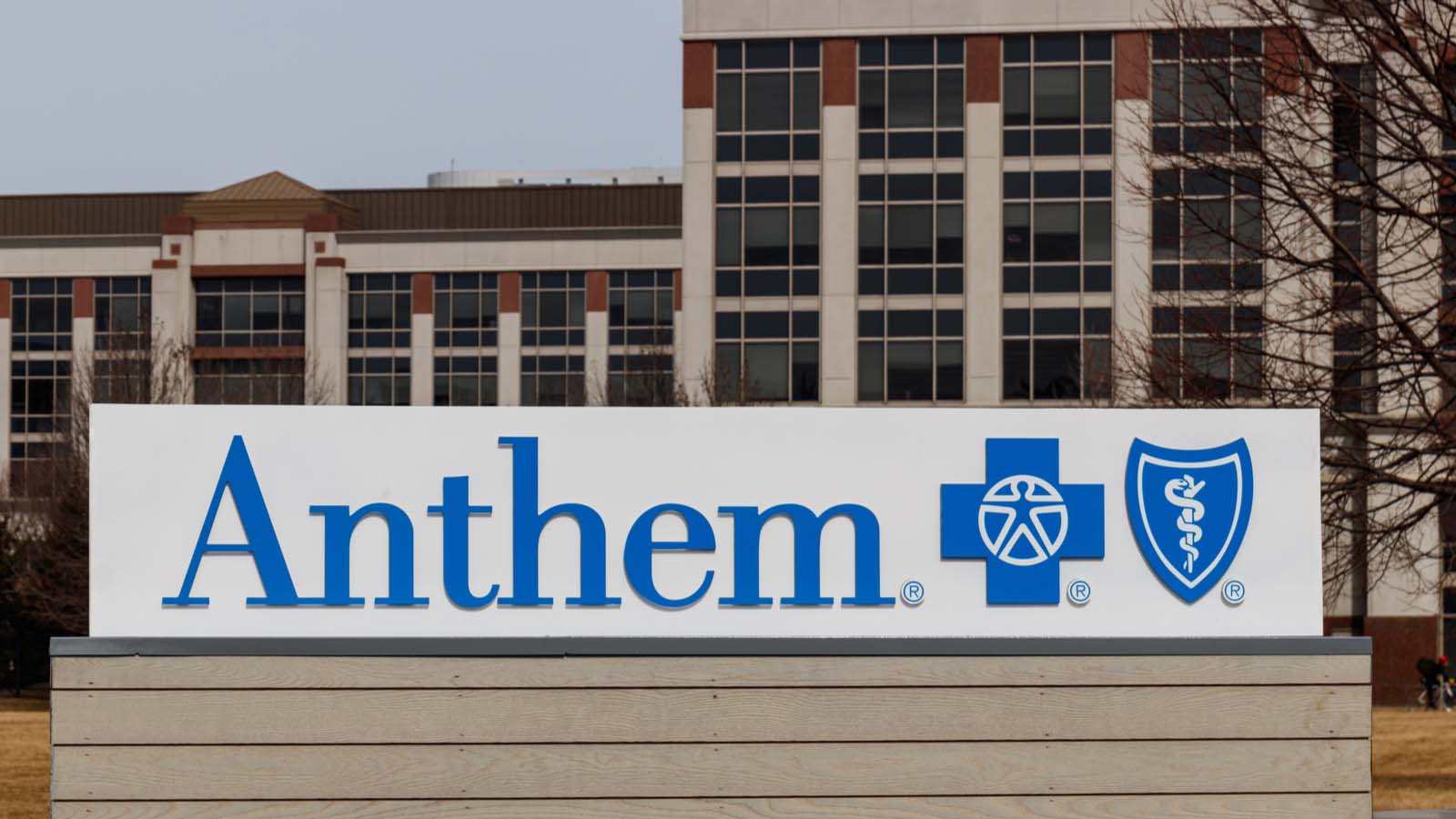It’s a myth that health insurers have no interest in seeing healthcare costs contained.
They’re just not very good at it.

Those which are trying the hardest, United Health (NYSE:UNH) and Centene (NYSE:CNC), have prospered in the last decade. Even those who have used their power reluctantly, like CVS Health (NYSE:CVS), have begun doing better lately.
Anthem (NYSE:ANTM), the owner of Blue Cross and Blue Shield plans in many states, has not done as well. The shares are up just 14% over the last two years and the dividend is an anemic 80 cents per share, a yield of just 1.1%.
Do Something
So, when the company does make moves in the right direction, it’s noteworthy. Here’s one, a $55 million investment in a new unit of Civica Rx that will provide new competition in generic drugs.
Civica was launched by three foundations in 2018 to produce 14 generics used in hospitals. The new unit, which Anthem’s Blue Cross and Blue Shield is helping fund, will create abbreviated new drug applications (ANDA) for generics sold in pharmacies.
Given the size and growth of the generic market, expected to reach $190 billion in 2024, $55 million sounds like a drop in the bucket. But a single competitor in a generic market can cut prices by almost 40%. Once there are four competitors, prices can drop by 80%.
The best-known abuser of generic price-fixing was Mylan (NASDAQ:MYL), now being merged into Pfizer’s (NYSE:PFE) generic unit, which will be called Viatris. Mylan EpiPens, containing a generic adrenaline, shot up in price this decade to as much as $600 for a pack of two. Changes in the pens’ design limited competition. By contrast the statins I use to contain my cholesterol cost less than 40 cents per pill.
The need for drug cost containment is the top political issue regarding healthcare. Companies like Valeant, now trading as Bausch Health Companies (NYSE:BHC) and villains like Martin Shrkeli, now residing at Allenwood Federal Prison, have put the industry under a microscope.
What About Hospitals
There is a second problem on the medical cost front, hospital mergers.
Under former President Barack Obama’s healthcare law — “Obamacare” — care has long cost more in rural areas where there is limited hospital competition. Now hospital groups within cities are merging, creating cartels that can raise prices.
Anthem has tried to fight this on a city-by-city basis. The controversies often look like those involving cable channels. Insurers face attack for denying care when they put high-priced facilities outside their networks. In these cases headlines portray insurers as the villains, patients as the victims.
By merging most facilities within a city, hospitals gain more bargaining power. Patients and employers wind up footing the bills.
So far, Anthem has yet to respond by buying facilities, as Centene and United Health have. Non-profit Kaiser Permanente own over 700 facilities. It works.
The Bottom Line on ANTM Stock
The biggest trend in medicine over the last decade has been managed care. Here, insurers own facilities, allowing income to be matched by outgo.
This trend is slowly coming into the drug market through efforts like Civica, as companies like Anthem reluctantly conclude there is no other way to contain costs.
But Anthem has been very slow to the trend. The cost of its slow pace is starting to catch up with it, as companies like Centene and United Health extend their investment gains.
Dana Blankenhorn is a financial and technology journalist. He is the author of the environmental thriller Bridget O’Flynn and the Bear, available at the Amazon Kindle store. Write him at danablankenhorn@gmail.com or follow him on Twitter at @danablankenhorn. As of this writing he owned no shares in companies mentioned in this story.
